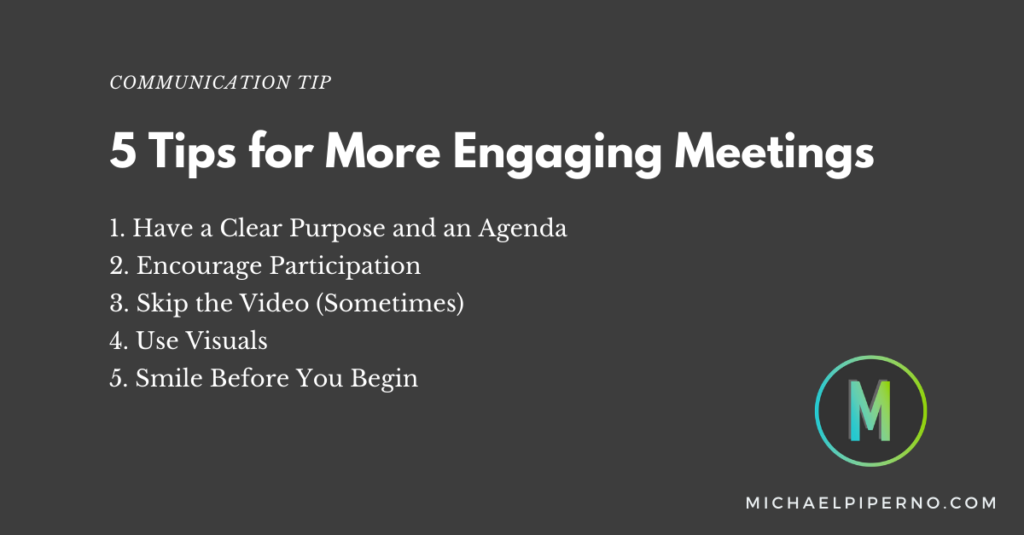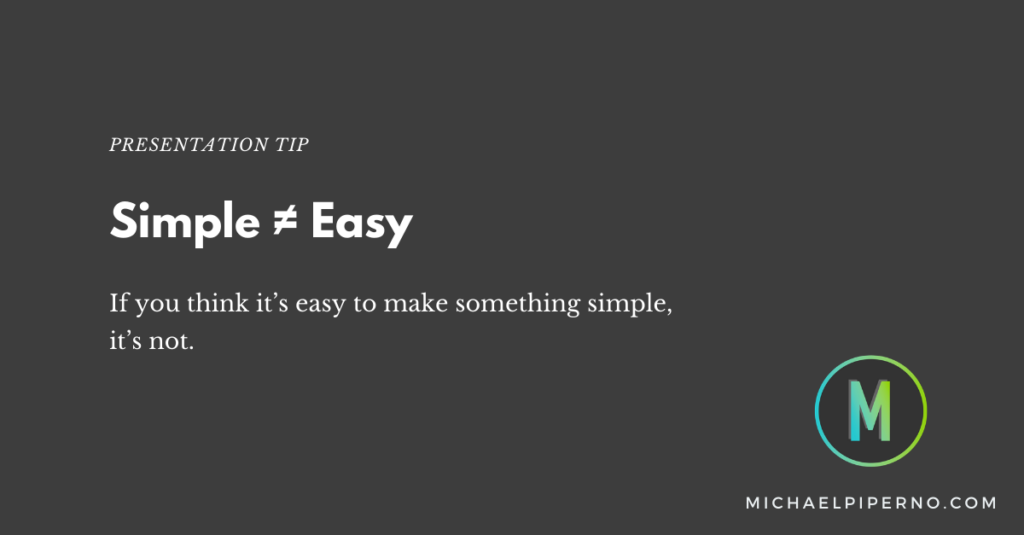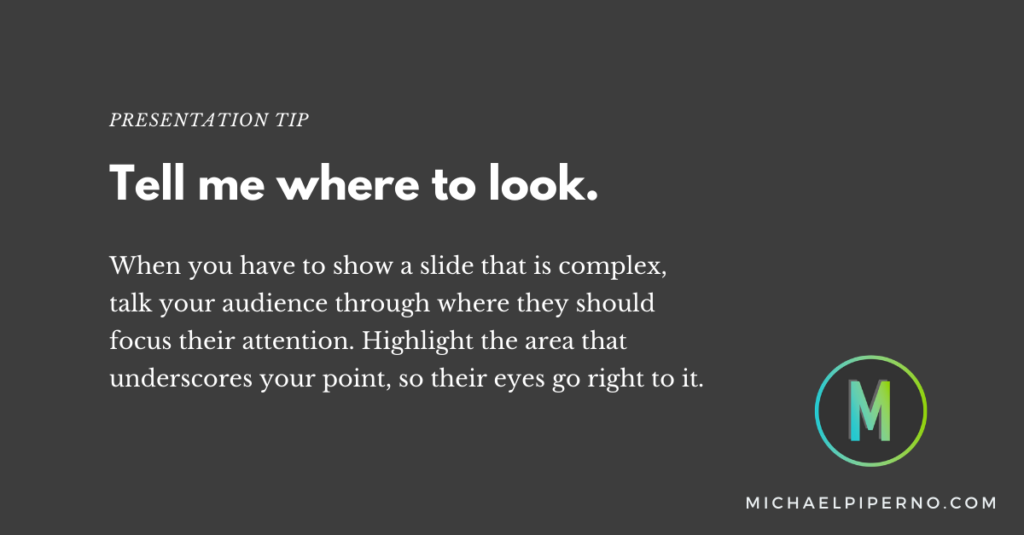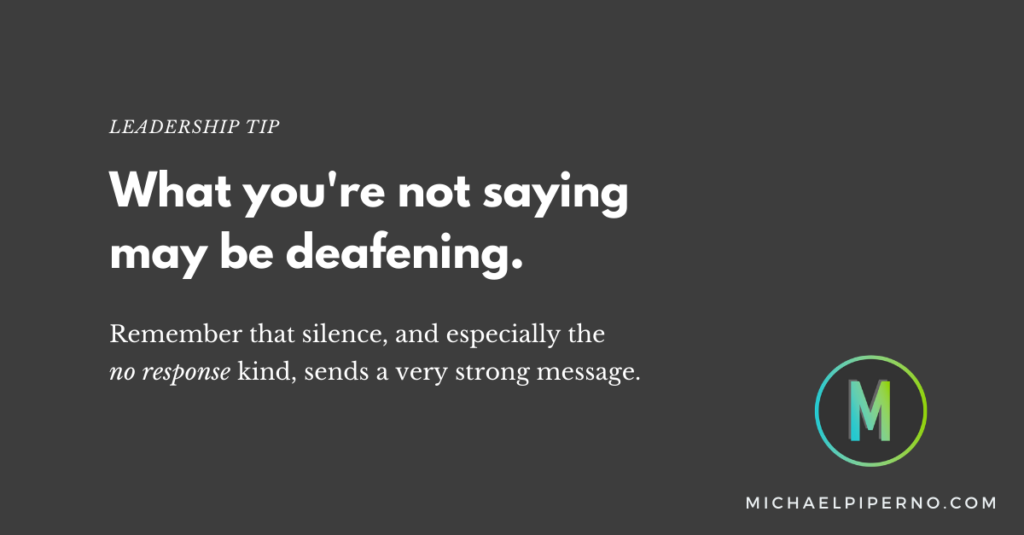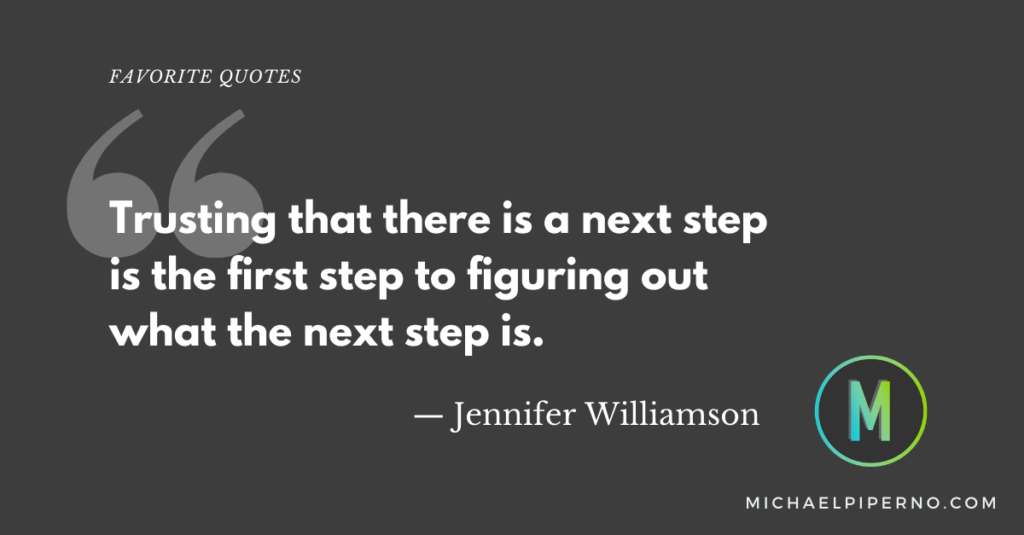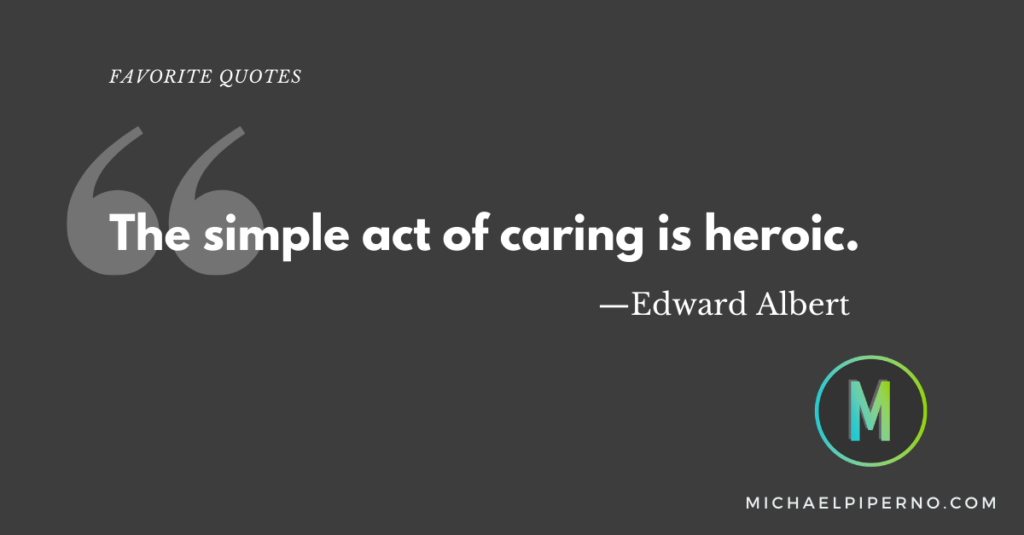5 Tips for More Engaging Conference Calls and Remote Meetings
A lot of my clients have been asking for tips for making their remote meetings more engaging. Here are 5 critical things to consider to ensure you make the best of your virtual meeting time.
1. Have a Clear Purpose and an Agenda
The main reason people tune out during calls is because they shouldn’t be there in the first place. Make sure you’ve invited the right stakeholders and are clear about why you’re holding the call. Also be sure everyone knows what you want to achieve during your time together.
2. Encourage Participation
A call that is interactive will naturally be more engaging than a lecture. Ask questions, seek input, and if you must talk for several minutes, check in with your group along the way to make sure they are following (or if they need any clarification). One way to do this is to deliver your messages by topic, one by one, and pause to encourage input or questions before moving to the next.
3. Skip the Video (Sometimes)
Video calls on Zoom or Teams can be exhausting because our eyes and brains have more to track than when on an audio-only call. This is especially true with numerous people on the call. Video calls certainly have their place and should be used when seeing each other makes sense. However, consider when a nice, audio-only phone call is the better option.
4. Use Visuals
Even when you’re on an audio-only call, a good visual or two can help support your messages and engage participants. Consider opportunities to share a graphic or bring up a few slides over a screen share.
5. Smile Before You Begin
Even when the call is on the phone without any video, your audience can still sense your enthusiasm, or lack thereof. Run the call with positivity and enthusiasm. Reminding yourself to smile and exude positivity will help make others feel more engaged during the call. After all, if you don’t sound like you want to be there, why should they?
5 Tips for More Engaging Conference Calls and Remote Meetings Read More »

